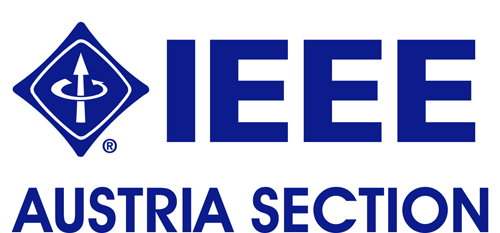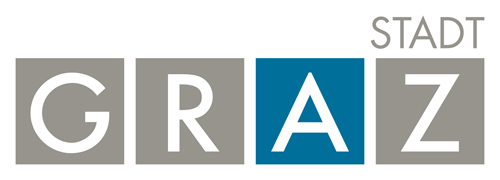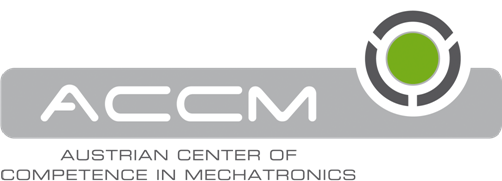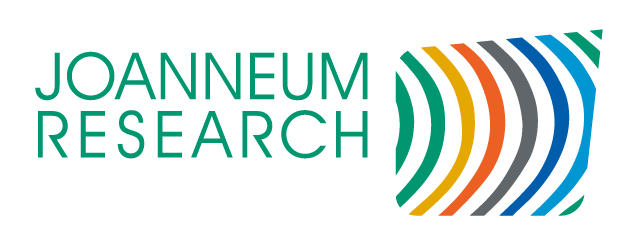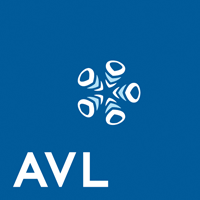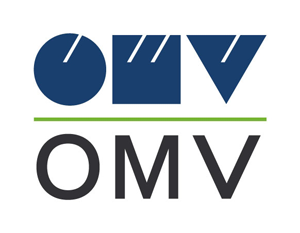
Measurement and Instrumentation Challenges and Opportunities in Renewable Energy Systems
Measurement and Instrumentation Challenges and Opportunities in Renewable Energy Systems
Steven G. Chalk
U.S. Department of Energy
The U.S. Energy Information Administration projects that global renewable electric generating capacity will rise 2.7% per year through 2035, more than any other electricity generating source. In the United States, renewable energy sources accounted for more than 12% of domestically produced electricity during the first nine months of 2011. To achieve the U.S. goal of producing 80% of our electricity from clean energy sources by 2035, the Department of Energy is investing in research and development aimed at improving the performance and reducing the cost of renewable energy technologies. This work includes addressing challenges associated with measurement and instrumentation. For example, the successful development of enhanced geothermal systems requires materials and measurement devices that can survive the high temperatures and vibrations associated with drilling for extended periods of time to guide and place wells within production zones. Wind turbine systems require sensors that can survive harsh environments for a 20-year design life and enable data quality in an electronically noisy environment. One of the key instrumental or analytical challenges associated with cellulosic biofuels production is the ability to detect trace amounts of detrimental compounds on-stream in a challenging (e.g. pH, temperature or pressure) environment. Finally, there are a number of important metrology and measurement challenges in manufacturing of PV and fuel cell systems, including the need for low cost high throughput/in-line diagnostics for quality control (e.g. detecting defects). These and other challenges will be discussed as well as some of the approaches being explored to overcome them.
The CV of Mr. Chalk can be found here.


